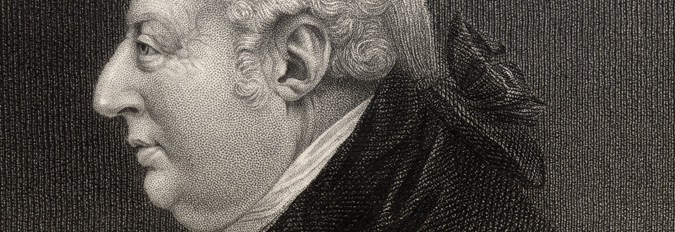Public displays
In bringing such a magnificent collection of paintings to Britain, the Duke of Bridgewater and his syndicate changed the British art world forever. The Orléans Collection exhibition was just the first of countless opportunities for public display. As this public grew increasingly broad, an unprecedented following was built for Old Master paintings.
New tastes in art
Before Bridgewater’s syndicate got to work, there were few opportunities to experience Italian and French Old Masters in London. Travellers abroad would have had many more opportunities: visiting the Orleans Collection in Paris, or sojourning around Dresden, Vienna and Venice, not to mention Rome, Florence and Naples. Many British collections (including Houghton, Holkham, Blenheim and Chatsworth) were also full of Old Master paintings. However, their collections were not of the consistent quality of those on view elsewhere. In any case these collections were seldom open for viewing by a large public.
Less well-to-do art-lovers - most of whom never travelled abroad - would often have been limited to viewing a few celebrated examples (such as the Raphael Cartoons). There was also the opportunity to see the occasional Old Master which came up for sale at the London auction houses or to look at engravings (usually reduced, monochrome versions of the original works).
With the Orleans collection sale, public displays in Britain started to change forever.
The Stafford Gallery and Bridgewater House
The Orléans Collection exhibition created a new commitment on the part of England’s art-owning aristocrats, bankers and merchants, not only to collecting certain kinds of art, but also to displaying it for public benefit.
Initially this started with owners opening up their private collections on a more regular basis. Bridgewater’s relatives were among the pioneers. Through the generosity of Lord Gower, the Bridgewater Collection was the first of its kind to be made accessible to the public in London. It was housed in the Stafford Gallery (at Cleveland House). The grand opening in 1806 was attended by 2,000 guests, including the Prince of Wales and his five brothers.
Visits to the Stafford Gallery were a highlight of the London season. Tickets were issued for artists and ‘respectable’ visitors. Respectability aside, there was some rather bad behaviour among the visitors, with loud gossiping and even some touching of the pictures. In spite of this, the tradition continued when Lord Ellesmere (Gower’s son) moved the collection to the newly built Bridgewater House.
The opening up of private homes was just the beginning. The public interest in art was now unstoppable, and would lead to the creation of the first public art galleries.

